
6 minute read
Chemistry of Baking
from The CaT 39-2
Sugar
And then Marie Antoinette said let them eat cake! Baking is a fun hobby, which often can result in some delicious cakes. But there’s a lot of chemistry involved in baking as well. We will take a look at all of the different ingredients most commonly used in baking recipes and their roles.
Advertisement
Flour
The first ingredient that is used for baking delicious pastries and other types of baked goods is flour. Even though many different types of flour can be used, wheat flour is the most commonly used type of flour for baking breads. This is due to the fact that wheat flour contains a higher percentage (8-14%) of a protein called gluten, which is activated after being wetted and kneaded. When bread dough is kneaded with gluten present in it, the gluten will stretch out and form longer and longer chains. This causes the dough to be elastic after it has been thoroughly kneaded. Because of this gluten complex that is built, gases expelled by yeast stay inside the dough, which causes it to rise. Then after it has been baked, it results in a light texture. The best type of flour that can be used for baking tender cakes is a slightly lower percentage of gluten containing flour (7-9%). The flour should also be clean and not contain any bran or wheat germ.
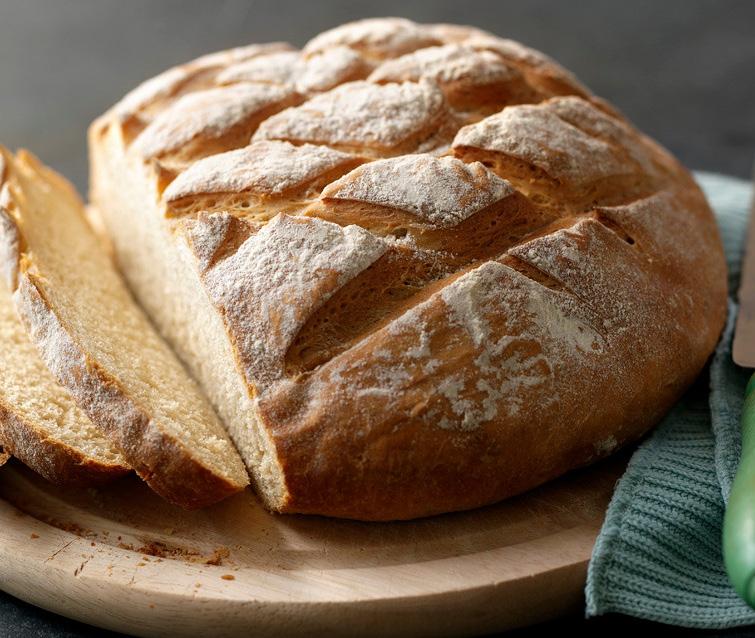
Sugar is mostly known as a sweetener, but other than making the baked goods sweeter, sugar also influences other properties of cakes. During the baking process sugar undergoes many different browning reactions (also known as Maillard reactions) when the cake is baked at a temperature above 160 degrees Celcius. These browning reactions result in a brown crust being formed around your pastries. During a browning reaction, a sugar aldehyde or ketone is converted to an unsaturated ketone or aldehyde using an amino acid based catalyst.
Adding sugar also helps the fermentation process in baking bread, since the yeast in bread has more sugars to work with. The most commonly used sugars for baking are sugars such as sucrose, 1A sugar, castor sugar or icing sugar. Using less pure forms of sugar such as brown sugar or honey are used to give baked goods a more unique and deep flavour.
Another type of reactions that can occur within sugar molecules during the baking process are caramelization reactions. These reactions occur at a temperature of 180 degrees Celcius. Caramelization reactions are chemical reactions where sugar molecules break down and release a water molecule. The sugars that are broken down form new compounds that influence the flavour of baked goods. One example is Diacetyl, which gives caramel a butterscotch-like flavour, and is produced in the very first stages of caramelization. Then there are also esters and lactones, which give a rum-like flavour. And lastly the molecules furan and maltol are produced, which give a nutty and toasty flavour respectively. Because of the different stages of caramelization, you can influence the flavour of your food, by adjusting the baking time.
Fat
Fat plays four major roles in the baking process of different baked goods: shortening, creaming, layering and flavour.
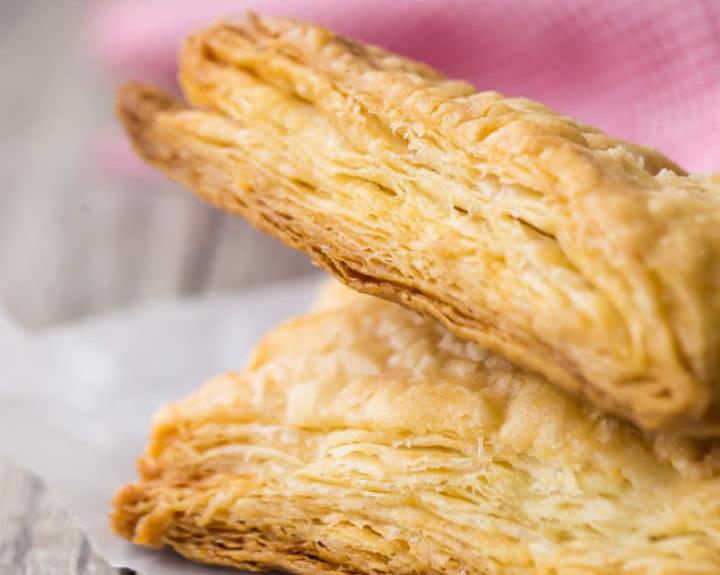
Fat shortens the dough by weakening the gluten network in the dough. This results in the cake to be softer and feeling more tender when you eat it.
Not only does it soften the cake, it also helps the cake to be more aerated. This is due to the fact that fat droplets trap air bubbles during the mixing process. These air bubbles expand during the baking process and give the cake its airy structure.
Furthermore, fat can also be used to layer cakes. Fats can be placed between cake layers, then during the baking process these layers stay separated instead of sticking together. This is for instance used in pastries such as croissants. Lastly, fat does not generally add a lot of flavour to the cake. But in certain baking goods, special types of fat can be used to influence the flavour as well. Such as in meat pie, where lard is used.
Salt is mainly used to enhance the flavour of the other ingredients. This is only partly due to the taste of salt. It also enhances for instance the flavour in bread, by regulating the yeast action on the other ingredients. By improving the palatability of baked goods, it also leads to better digestibility of food. Not only does salt enhance the flavour, it is also used to strengthen your dough, since salt has a strengthening effect on gluten as well. This leads to gluten being able to hold gases and water better and prevents the dough from being soft and sticky.
Baking soda, baking powder or yeast?
When it comes to using a leavening agent for your baked goods, there are multiple options. Which of these is the best choice depends on what you’re baking. The first option which can be used as a leavening agent is baking soda, when combined with an acidic ingredient and heated it releases carbon dioxide via the following reaction 2NaHCO3 reacts to Na2CO3 + H2O + CO2. It is cheap and easy to store, however it also has some disadvantages. First of all, as can be seen in the equation, only half of the present carbon dioxide can be released. Also the sodium carbonate that is produced in this reaction is strongly alkaline, which can result in a bitter or soap-like taste.
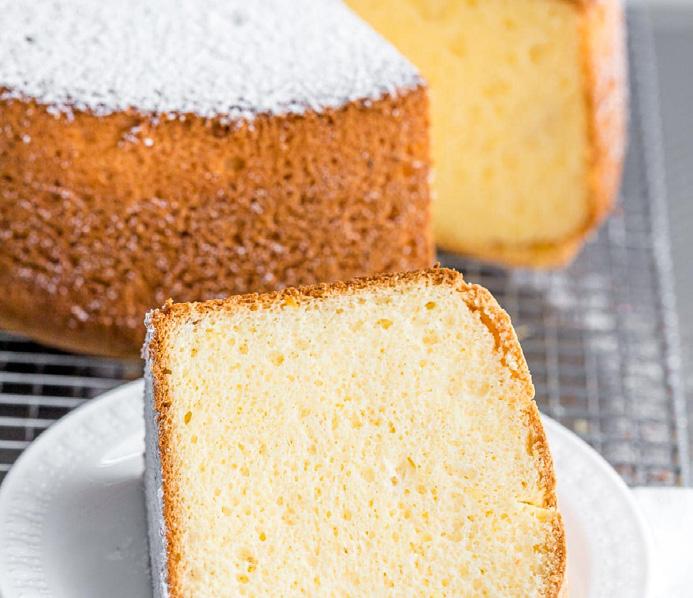
The second option is baking powder, which is baking soda with a powdered acid added to it. Baking powder is able to release twice as much CO2 as baking soda, because it is double-acting, it reacts once when moisture is added to it and a second time when it is heated. Since only one third of the baking powder consists of baking soda, more baking powder is needed to achieve the same result as when using baking soda.
The final option is yeast, which is composed of single-celled organisms which convert sugar to CO2 and alcohol through fermentation. Yeast needs a lot of time to let the dough rise before putting it into the oven, which makes the process a lot slower than with baking soda or baking powder. Yeast also leaves a more intense flavour.
Eggs
Eggs are one of the most important ingredients used in baking and have many functions. Like flour, eggs influence the structure and texture of your baked goods. Eggs help with linking the flour to the rest of the ingredients in order to allow your product to have a good structure.
The fat from egg yolks can shorten the gluten strands in flour, resulting in a more tender and delicate product. Proteins in both egg yolks and whites hold moisture, which improves the texture as well. Because of several emulsifiers present within eggs, for example lecithin in the yolks and albumin in the whites, eggs help with mixing your batter or dough and achieving your desired texture.
Like leavening agents, eggs also help with creating an airy texture, this can be done by beating air into egg whites, which unfolds the proteins present within the whites and allows them to bind with each other. The steam created from the moisture within eggs when baking your goods also helps with creating this texture.
Not only do eggs influence the structure and texture of your baked goods, they also help with looks, flavour and nutritional value. Xanthophyll, which gives egg yolks their distinctively bright yellow colour is a very stable pigment, because of this the yellow colour of egg yolks can still be found in your goods, even after baking them. Additionally, eggs facilitate the Maillard reaction, resulting in a browned exterior for your baked goods. Washing the top of your bread or pastries with eggs, results in a shiny exterior and allows toppings to adhere to the surface of your products.
Because of the richness of the egg yolks and the way the fats within the yolks work together with other ingredients, eggs contribute to a rich flavour with a distinctive mouthfeel that’s not easily replicated.
Eggs contain a lot of different nutrients, for example choline, which improves cell functioning, as well as monounsaturated fats and polyunsaturated fats. They also contain a lot of proteins, which include all nine essential amino acids. Lastly they contain vitamins like vitamin D and lutein and zeaxanthin, which are good for your eyes.
Sources
1 Smith, Brett. “Chemical Reactions That Occur during Baking.” Sciencing, 29 Apr. 2019, https://sciencing. com/chemical-reactions-that-occur-during-baking-12731635.html.
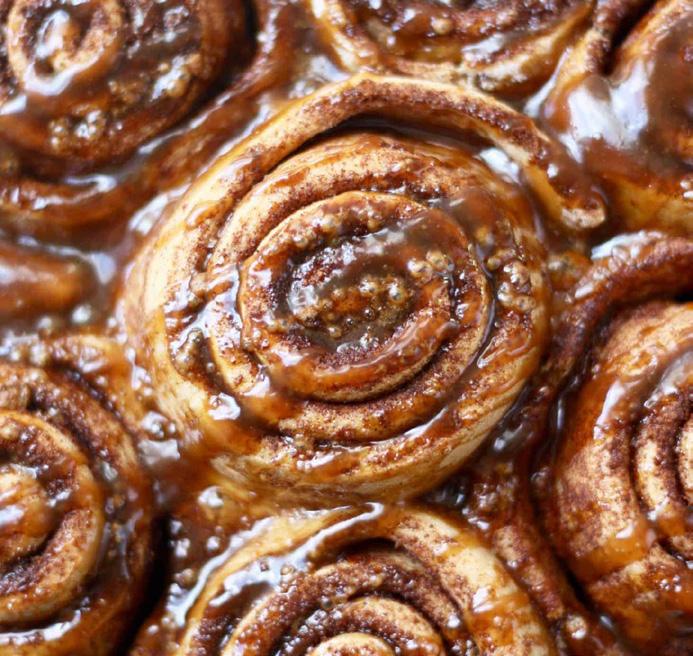
2 “New Zealand Institute of Chemistry (NZIC).” NZ Institute of Chemistry, https://nzic.org.nz/app/uploads/2017/10/6D.pdf.
3 Committee, The BC Cook Articulation. “Functions of Salt in Baking.” Understanding Ingredients for the Canadian Baker, BCcampus, 24 Oct. 2015, https://opentextbc.ca/ ingredients/chapter/functions-of-salt-in-baking/.
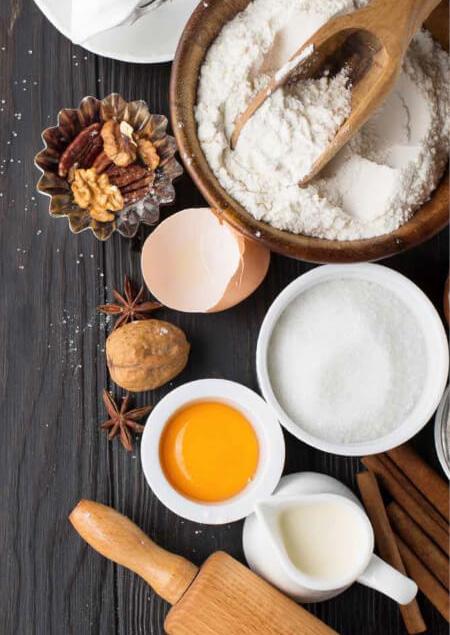
4 Alfaro, Danilo. “Learn How 3 Types of Leavening Agents Work in Baking.” The Spruce Eats, The Spruce Eats, 8 Aug. 2020, https://www.thespruceeats.com/main-types-ofleavening-agents-and-how-they-work-4125705.
5 “What Are the Functions of Eggs?: Using Eggs to Bake & Cook.” Sauder’s Eggs, 15 May 2019, https://www. saudereggs.com/blog/what-are-the-functions-of-eggs/.
Bachelor








